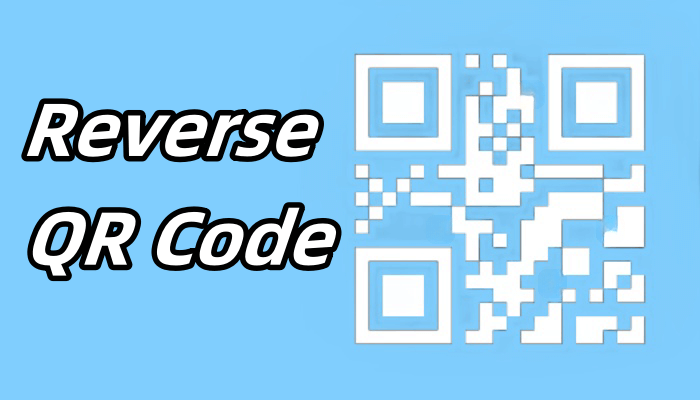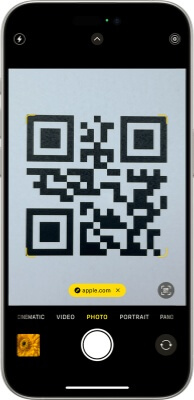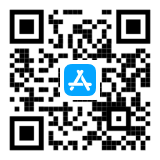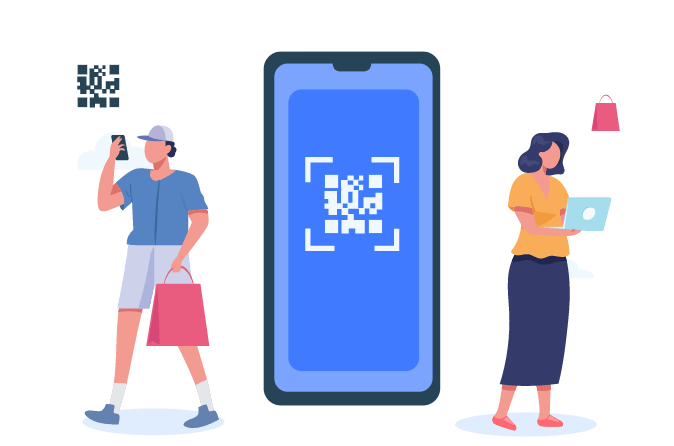QR codes have become an integral part of our daily interactions. These versatile square codes can be found everywhere - from product packaging and restaurant menus to advertisements and event tickets - and provide instant access to information with a simple scan. However, as QR codes continue to grow in popularity, a new concept is gaining traction: "reverse QR codes".
This intriguing process involves decoding, or extracting, the information embedded in a QR code, revealing its underlying data. In this article, we'll delve into the mechanics of QR code decoding, explore potential applications for reverse engineering it, and discuss the implications for security and privacy in our increasingly connected world.

Part 1. What Is a Reverse QR Code?
"Reverse QR" refers to the process of decoding or extracting the information embedded in a QR code. While QR codes are primarily used to encode data into a compact, scannable format, reversing QR codes involves decrypting this encoded data to reveal the original information it contains. This process is essential to understanding what the QR code is intended to convey, whether it be a URL, contact details, or any other type of data.
Part 2. How Do Reverse QR Codes Work
The process of "reverse QR code" is essentially the reverse process of creating a QR code. It usually involves the following steps
1. Scanning the QR code:
The first step in reversing a QR code is to scan it with a QR code reader. The scanner captures the black and white square pattern of the QR code.
2. Interpreting the pattern:
After scanning, the QR code reader interprets the pattern using a decoding algorithm. The algorithm analyzes the arrangement of the squares and converts it back into the original data format, whether it is text, a URL, or another type of information.
3. Error correction:
QR codes have error correction capabilities, which means that even if parts of the code are damaged or blurred, it can still be accurately decoded. This feature ensures that data can be reliably extracted in most cases.
4. Displaying the data:
After decoding, the extracted data is displayed to the user. This could be a website link, a block of text, contact information, or any other type of original encoded data.
Part 3. The Process of Reversing a QR Code
Reversing a QR code or decoding a QR code involves using a tool to extract the embedded information. The process is simple. Here's how to reverse a QR code in detail.
Step 1. Open your camera or a QR code scanner app.

Step 2. Make sure the QR code is within the frame and clearly visible.
Step 3. Once scanned, the app will decode the QR code and display the extracted information, such as a URL, text, or contact details.
Step 4. Depending on the type of data, you can choose to visit a website, save the contact information, or read the text directly from the app.
Part 4. Applications of Reverse QR Code
Decoding QR codes, or reversing them, opens up a wide range of practical applications across different industries. By extracting and analyzing the data embedded in QR codes, individuals and businesses can enhance security, improve marketing strategies, and increase consumer engagement. Here are some key applications:
1. Verifying product authenticity
Many manufacturers embed QR codes on their products to help consumers verify authenticity. By scanning these codes, consumers can access information about the product's origin, manufacturing details, and certificates of authenticity.
QR codes can be used to track products through the supply chain. By decoding these codes at various stages, businesses and consumers can ensure that products are sourced and handled in accordance with ethical and quality standards.
QR codes on products can link to warranty registration pages or service manuals, giving consumers easy access to important information and enhancing after-sales support.
2. Marketing analytics and consumer engagement
Businesses can use reverse QR code technology to collect data about how and where their QR codes are scanned.
By embedding promotional content, discounts, or interactive experiences in QR codes, businesses can engage consumers in unique ways.
QR codes can link to customer feedback forms or surveys, allowing consumers to easily provide input.
QR codes are often used for event tickets and registration. By decoding these codes, event organizers can streamline the check-in process, track attendance, and collect data on attendee demographics and preferences.
3. Enhanced Security and Compliance
In financial services, QR codes can be used to facilitate secure transactions. Decoding these codes ensures payment details are accurate and transactions are conducted securely.
Highly regulated industries, such as healthcare and food services, can use QR codes to ensure compliance. By decoding these codes, businesses can verify that products and services meet regulatory standards.
In Conclusion
As QR codes become more and more common in all aspects of daily life, understanding how to effectively decode and utilize the information contained in QR codes is critical for both consumers and businesses. You can use the above tips to reverse a QR code. By the way, if you want to create a QR code, you can use QRShow QR code generator. It can help you create changeable QR codes for any content, including text, videos, pictures, etc.









Rated Successfully!
You have already rated this article!